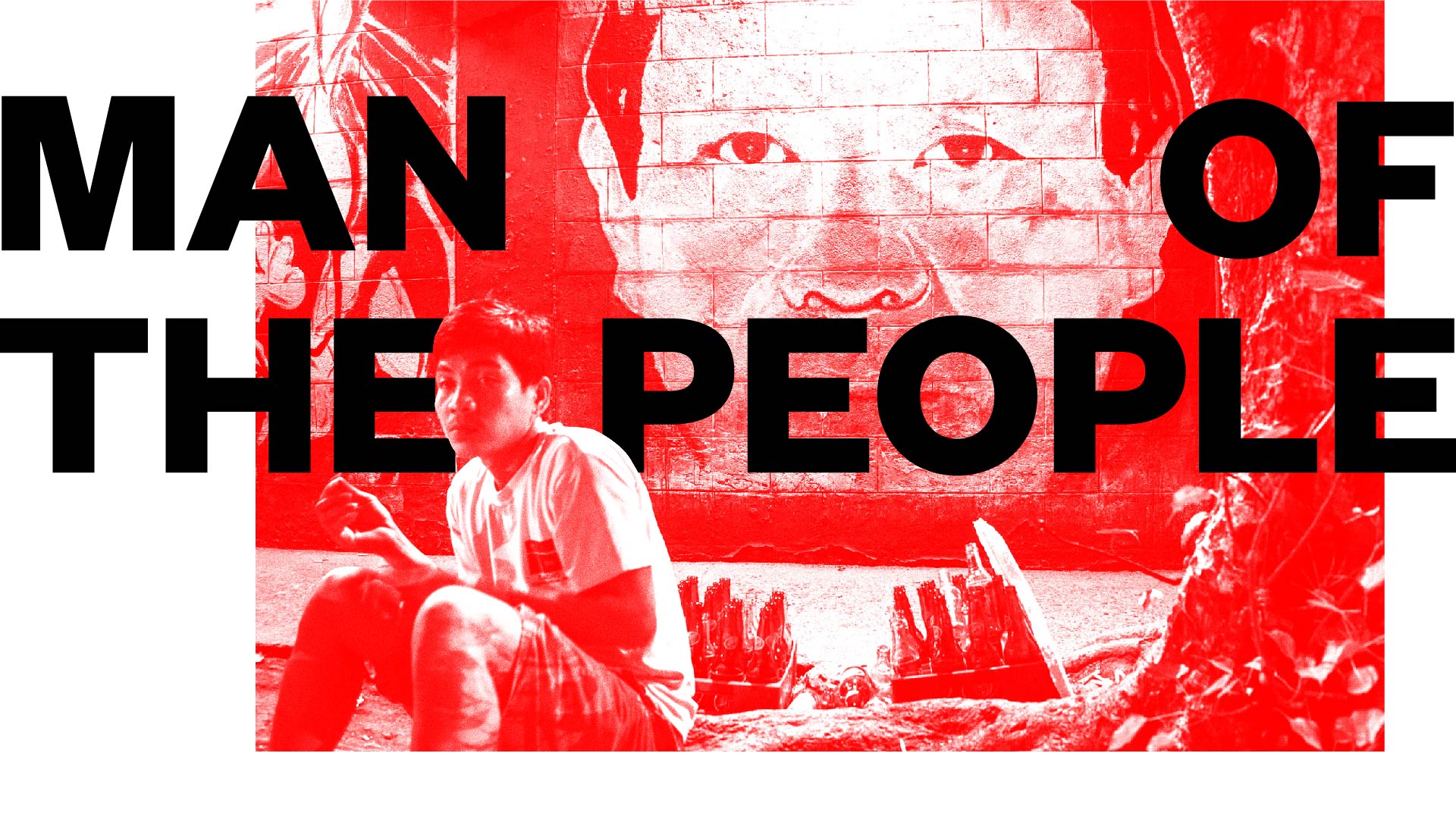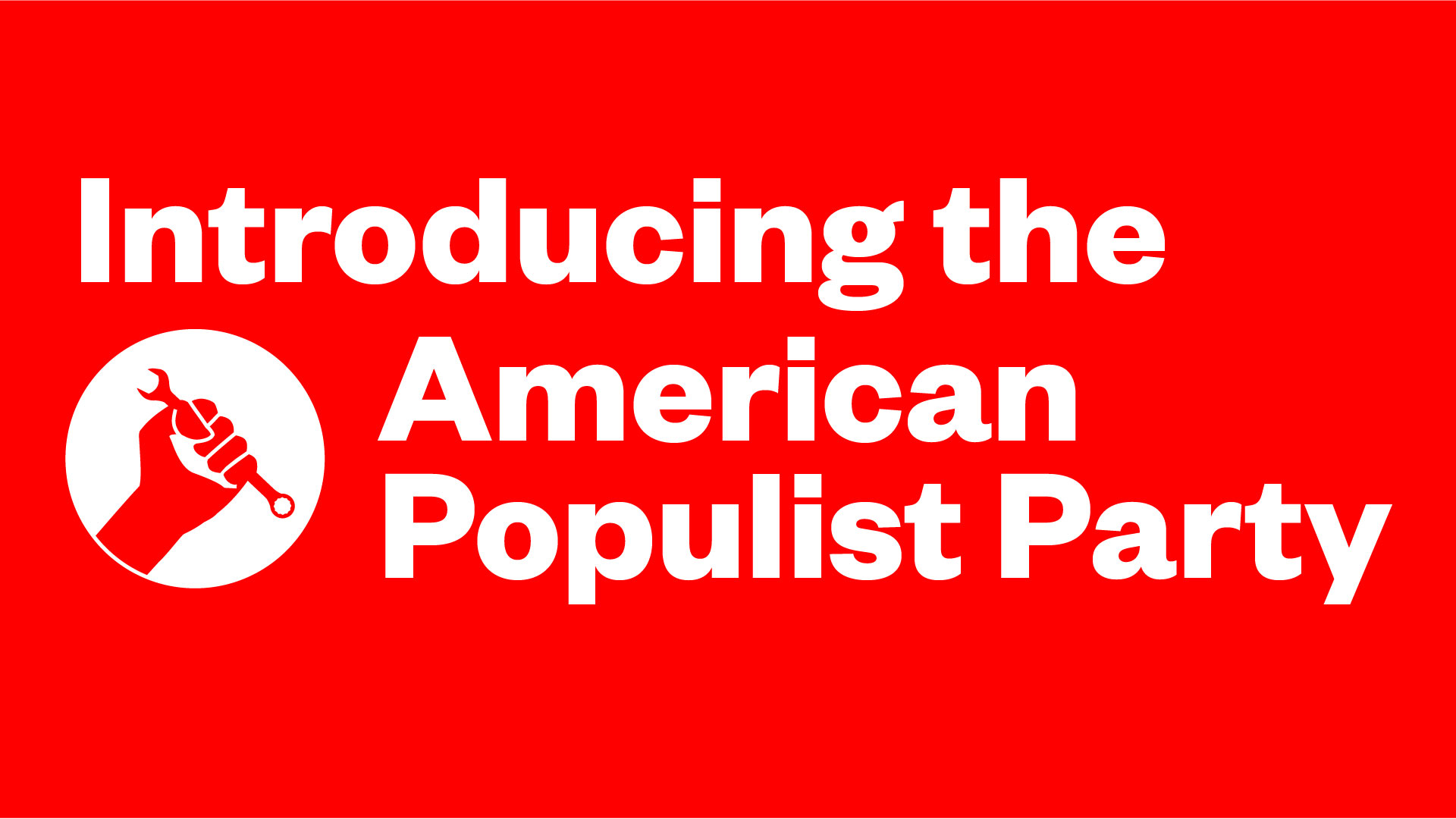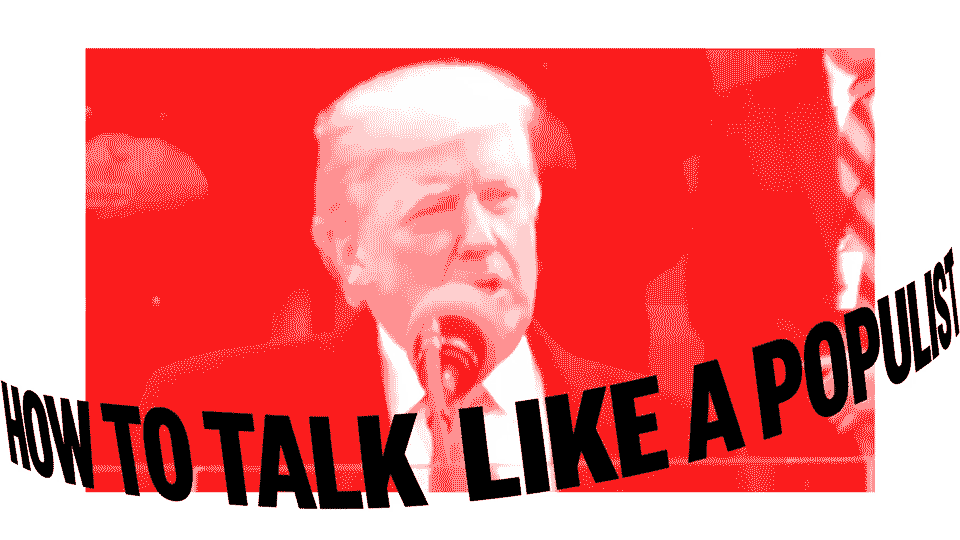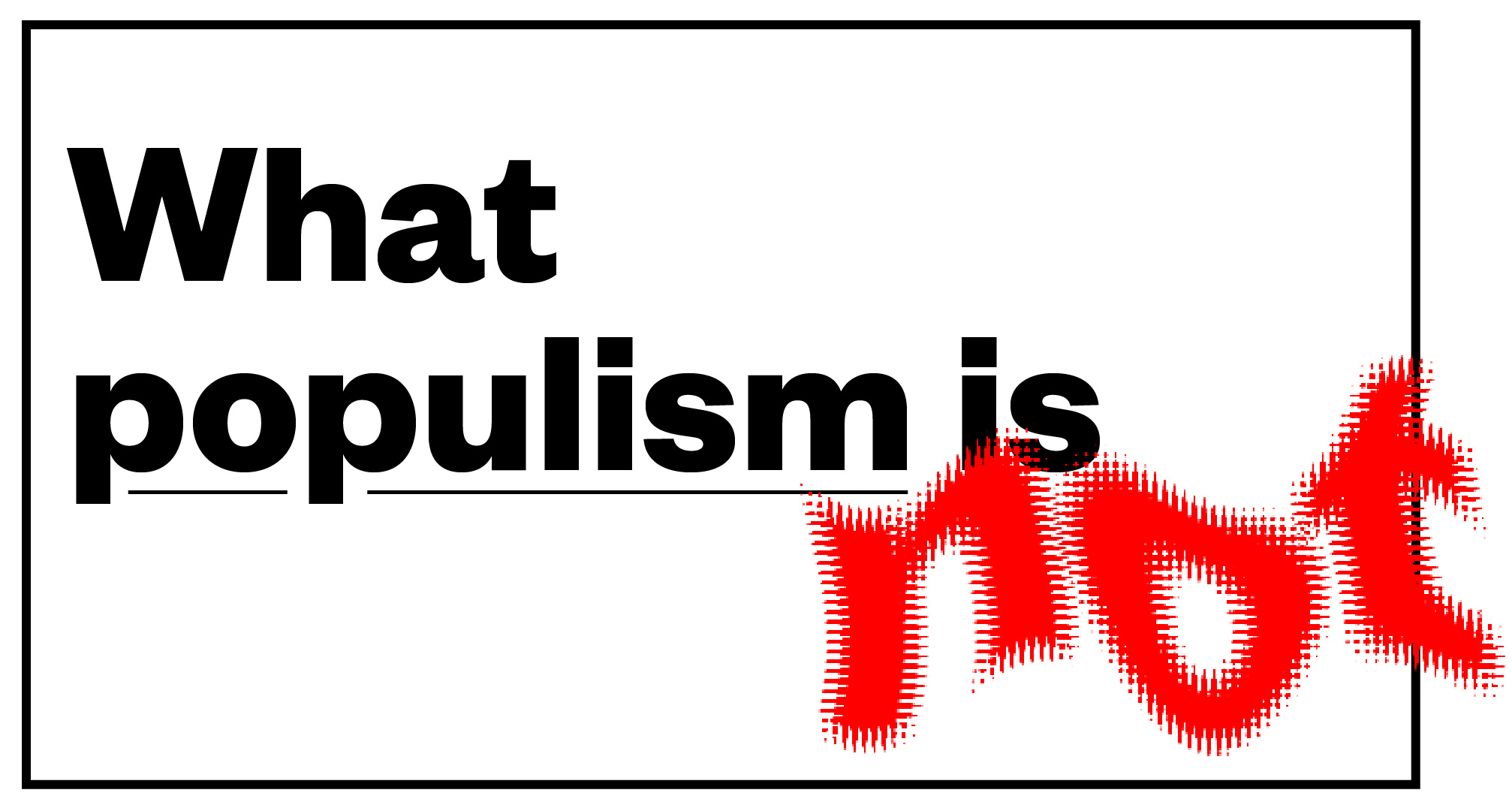The last time a powerful economic populist third party emerged in the United States, in the 1890s, the country faced massive income inequality and was in the middle of a tectonic shift from a primarily agrarian to primarily industrial economy. Today, the U.S. economy appears to be in the midst of another disruptive shift, and a modern American populist party would, experts say, similarly seek to restore industries in decline and rail against any perceived abuses of those on the rise.
Populists create political movements by tapping into widespread grievances that other politicians have either overlooked or are too timid to tap. Donald Trump was able to fuse a brand of economic populism — one that shared some similarities with Bernie Sanders’ — with racism and nativism, most brazenly demonstrated in his “birther” campaign against President Obama and his incendiary rhetoric against Mexicans and other immigrants. Such appeals helped Trump win the presidency with 65 percent of the non-college-educated white vote, but they also limited the reach of his economic message and cost him a sizable share of working-class voters who aren’t white.
In theory, someone seeking to craft a new populist message could build upon Trump’s popularity with non-college-educated white voters by uniting their economic concerns with those of the more than 50 million black, Asian, and Hispanic-Americans over the age of 25 who also do not have a bachelor’s degree. This coalition of the “poorly educated,” as Trump memorably dubbed them in one victory speech, would be the base of this new populist party. More people have been going to college to compete in the new economy, but two-thirds of the 212 million Americans over the age of 25 still do not have a bachelor’s degree, according to the U.S. Census. That’s more than 143 million potential voters, about 27.5 million of them between the ages of 25 and 34.
So what do these voters want?
They want jobs
The one-two punch of automation and outsourcing has made the by-hand labor of manufacturing and mining a smaller and smaller share of the economy.
Promises to save manufacturing jobs and create others through infrastructure investment would hit home for these workers, even if the shift to a technology-driven economy is ultimately unstoppable. Since tens of millions of non-college-educated workers are in service jobs, there would also likely be strong support for guaranteeing a minimum wage of $15 hour, a staple of Sanders’ presidential campaign that more moderate Democrats like Hillary Clinton declined to support.
At the same time, protectionist trade policies could be combined with already effective populist attacks on Wall Street to tap this group’s growing resentment of elites and globalization, regardless of party affiliation. Only 36 percent of Republicans now view America’s trade agreements positively, down from 56 percent 18 months ago, according to a recent Pew Research survey. Two-thirds of Democrats view free trade positively, but that still leaves a substantial chunk who support protectionist policies, a traditionally more Democratic position anyway.
They want health care
Concrete offers to improve workers’ circumstances through government-provided health care would draw positive attention and offer something the traditional parties won’t. An emerging populist party would likely support a robust single-payer health care system. A Pew Research survey in January found that 60 percent of Americans now believe that the government is responsible for ensuring health insurance for all Americans, the highest level of support in almost a decade. The poll showed large increases in support among Republicans making less than $75,000 a year.
They are divided on immigration but support a path to citizenship
As with any political party, compromise is necessary to help keep the tent as large as possible, and immigration is one place where populists would need to tread carefully to maintain a broad base.
Non-college-educated whites view immigration with much more hostility than whites with a bachelor’s degree do. But nonwhite voters of any education level are more likely to support more forgiving policies toward undocumented immigrants, according to 2016 survey from the Public Religion Research Institute.
Polls shows some potential common ground, especially on undocumented immigrants. In the PRRI study, 54 percent of whites with a high school degree or less supported a path to citizenship for undocumented immigrants and only 30 percent supported mass deportation. Two-thirds of blacks and Hispanics with a high school degree or less also supported a path to citizenship.
They want to hold Wall Street and tech titans accountable
Wages for the middle class have stagnated over the past 40 years while incomes for the top 1 percent have soared. Today, the top 1 percent earn 81 times what the bottom 50 percent do, up from 27 times more in 1980, according to a recent study by French economist Thomas Piketty.
It’s no surprise, then, that Trump and Sanders ascended in part because of their visceral attacks on Wall Street. Only 27 percent of Americans say they have confidence in banks, compared to 53 percent 12 years ago, according to a 2016 Gallup survey. Years after the crash, large majorities of Democrats, Republicans, and Independents still support imposing more regulations on the financial industry, according to a 2015 Washington Post/ABC News Poll. The polling data is not clear on what type of regulations voters want — 39 percent of voters said they hadn’t heard of the Dodd-Frank financial overhaul five years after it passed — but they have an undeniable distaste for the financial industry.
But Wall Street isn’t the only potential target of public resentment. Sanders and Trump could have expanded their attacks on Wall Street to include the high-flying companies of Silicon Valley whose influence over policy and the economy is growing.
Not only are tech companies like Apple, Google, and Microsoft the wealthiest in the country — worth more by market cap than any bank — and prone to ostentatious extravagance, their innovations have also contributed to the decline of industrial America. Software and early forms of artificial intelligence have replaced workers en masse with few substitute jobs available. And retail jobs in brick-and-mortar shops, which were a large share of those lower-paying replacement jobs, have been increasingly squeezed by online stores.
No high-profile politician of either party has yet to go after the tech industry in a serious way; Republicans don’t want to regulate successful businesses and Obama-era Democrats want to be seen as fostering innovation. A modern populist party could attack tech plutocrats the same way William Jennings Bryan attacked industrialists.
“Anger and disgust at the tech community is the train that hasn’t come yet, but it’s coming,” Doug Sosnik, a former close aide to Bill Clinton whose memos and presentations on the state of American politics are a Washington staple, said in an interview. “They are currently iconic, the Henry Fords of the world.”
Alex Thompson is the politics editor for VICE News.





